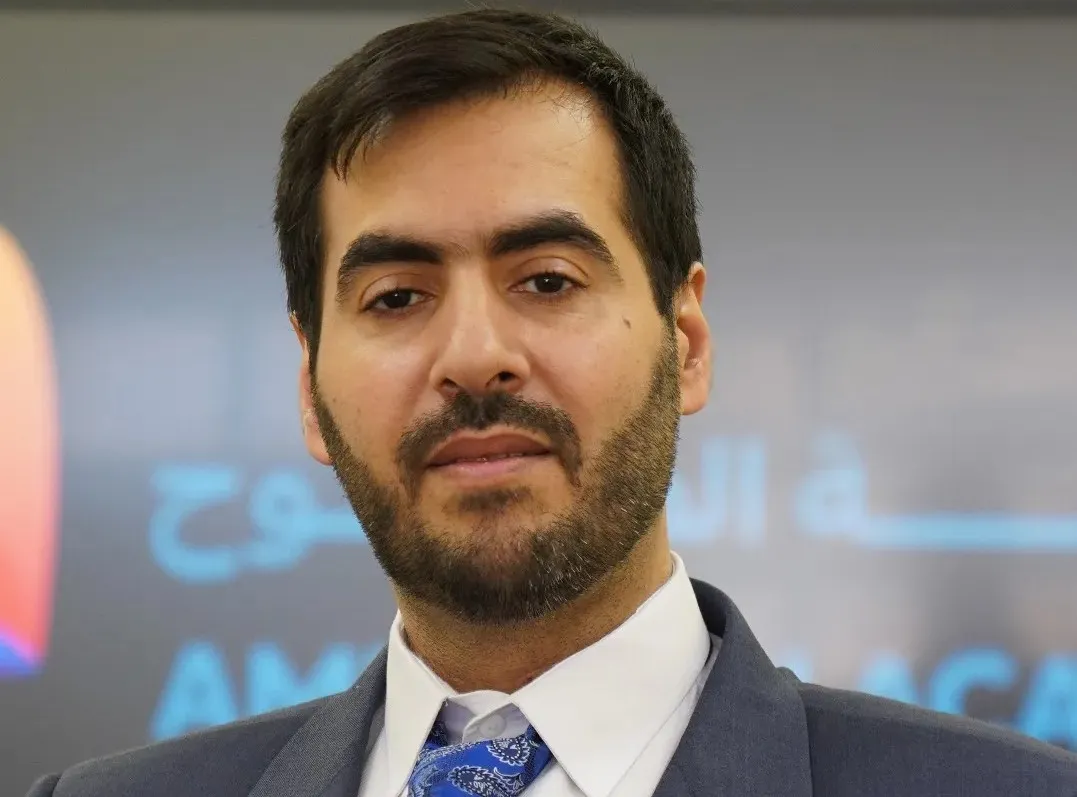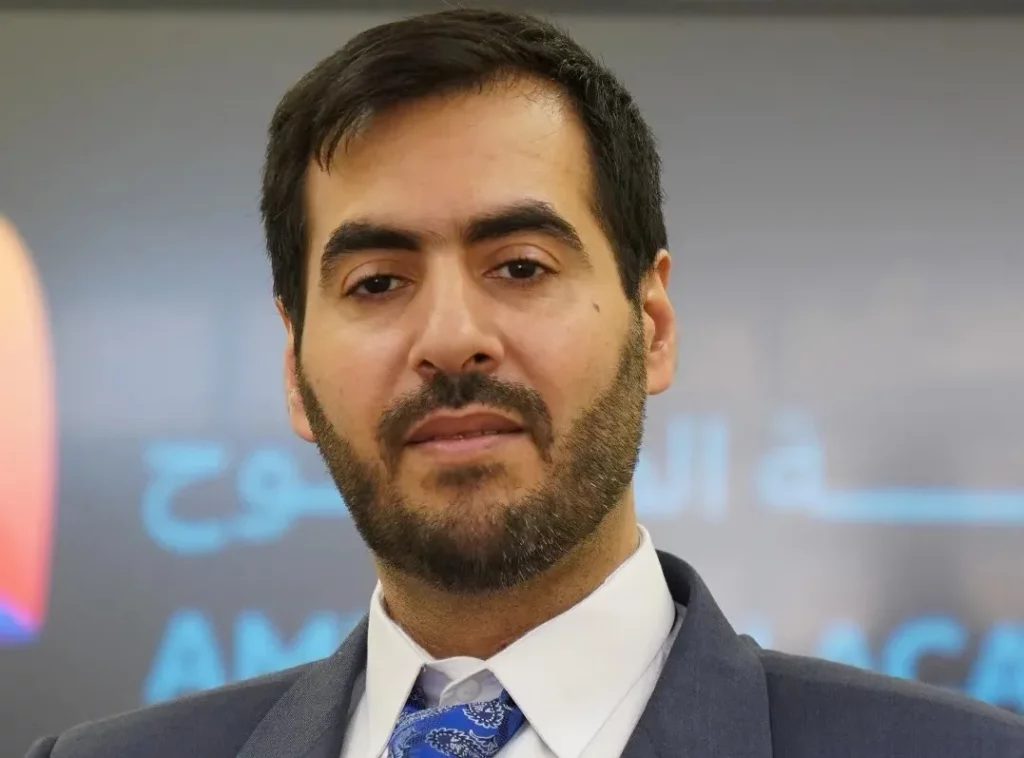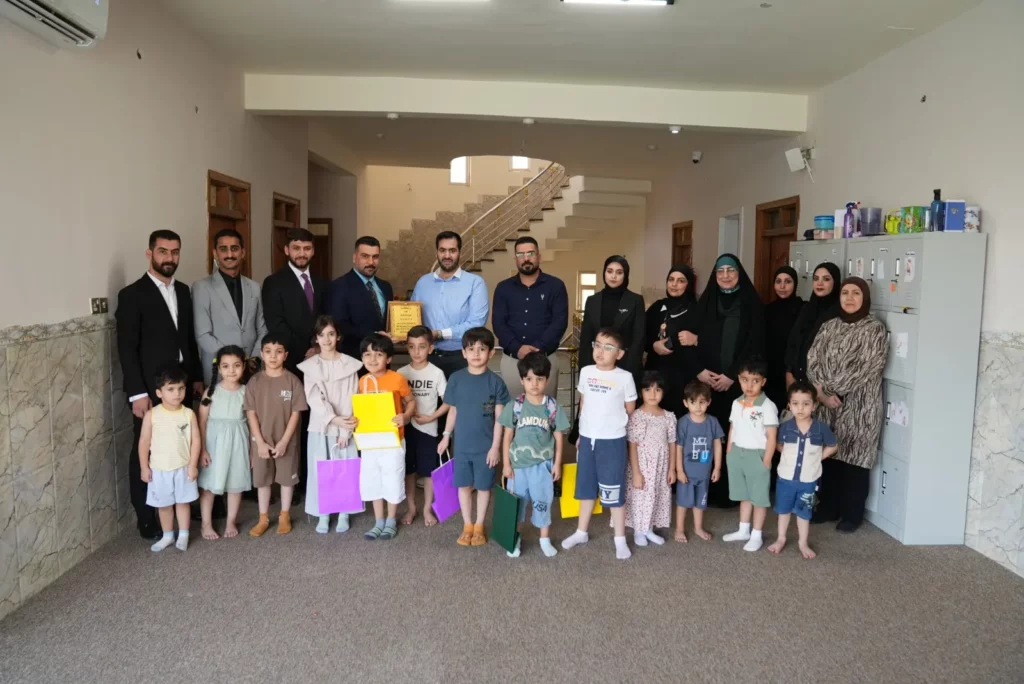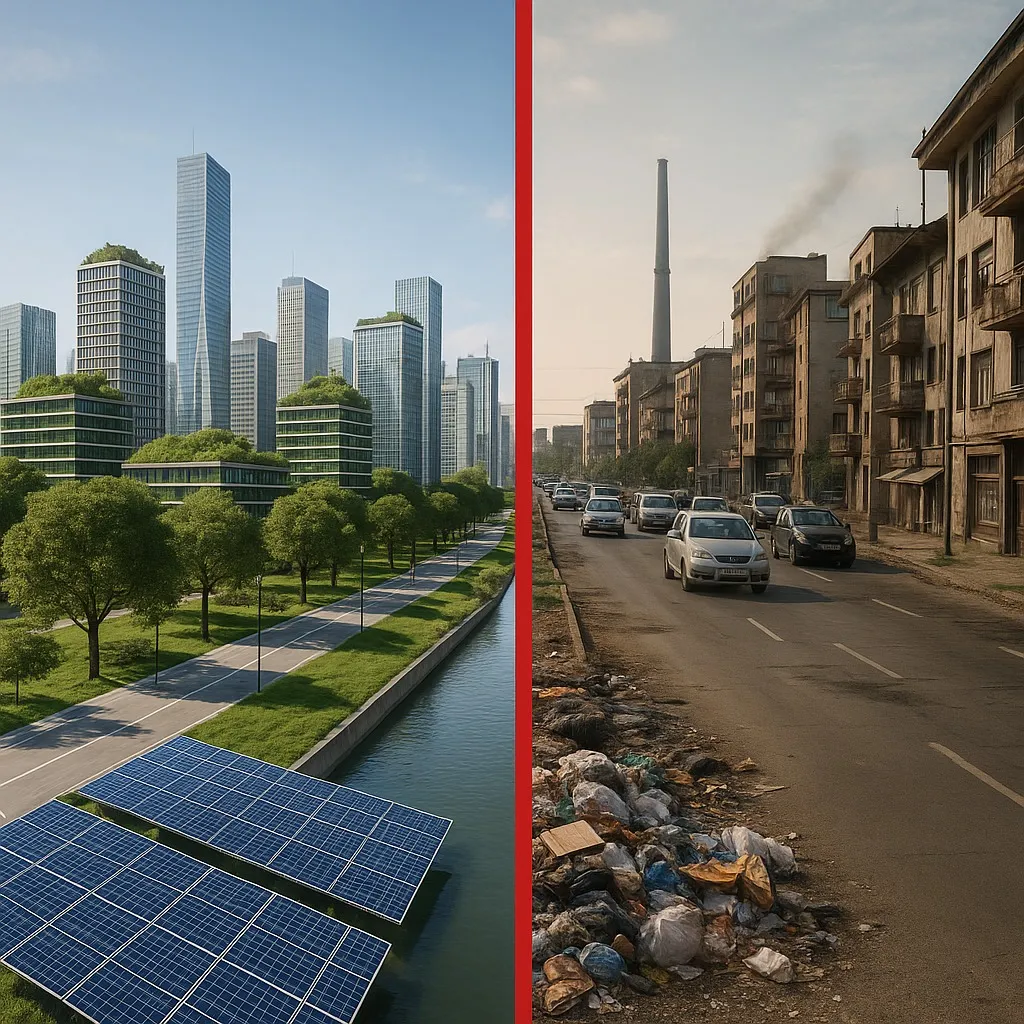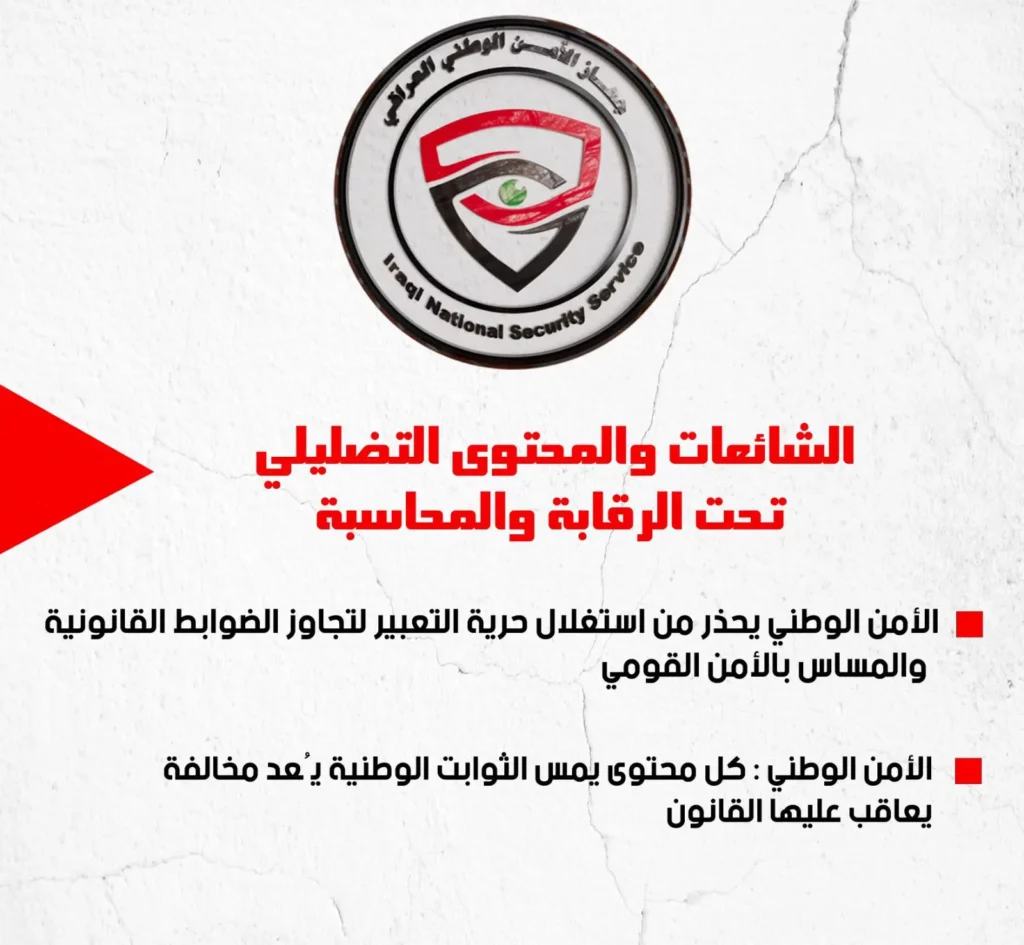Dr. Mohammed Ali Al-Mayali
In a world burdened by conflict and instability, peace emerges not only as a moral imperative but as a vital condition for comprehensive development. Countries that enjoy peace reap tangible benefits in key sectors such as the economy, public health, and environmental protection—while nations in turmoil pay a heavy price in lost potential and human suffering.
- Peace and the Economy: When Investment Grows and Production Flourishes
Peace creates a secure and attractive environment for investment, allowing governments to redirect resources from war efforts to nation-building.
🔹 Rwanda: After the 1994 genocide, Rwanda embarked on a path of reconciliation and peace, leading to an impressive development trajectory. With an average GDP growth of around 7% over the past two decades, Kigali has become one of Africa’s cleanest and most investment-friendly capitals. Peace enabled the rise of eco-tourism, especially in protected areas hosting mountain gorillas.
🔹 Vietnam: Following the end of the war in 1975, Vietnam started from near-total devastation. Yet, through peace and stability, the country launched major economic reforms (the Doi Moi policy), resulting in exponential export growth. Today, Vietnam ranks among the world’s top exporters of electronics and textiles.
- Peace and Health: Systems that Thrive Without Gunfire
Peace offers breathing space for health systems to plan, grow, and reach people without the barriers of conflict.
🔹 Sierra Leone: Since the end of its civil war in 2002, Sierra Leone began rebuilding its fragile health infrastructure. Despite limited resources, the country expanded vaccination campaigns, maternal health services, and rural healthcare access, reaching areas that were previously cut off due to conflict.
🔹 Colombia: After the 2016 peace agreement, Colombia significantly expanded healthcare access in formerly conflict-affected regions. These areas saw drops in maternal mortality rates and the introduction of mental health programs for victims of violence and displacement.
- Peace and the Environment: Preserving Nature Through Stability
War devastates ecosystems through land mines, pollution, and deforestation. Peace allows nations to pass and enforce environmental protection laws and plan for sustainability.
🔹 Costa Rica: The country abolished its military in 1948 and invested instead in education, healthcare, and nature conservation. Today, over 98% of Costa Rica’s electricity comes from renewable sources. Its rainforests and biodiversity are internationally renowned, thanks to long-term peaceful governance.
🔹 Bosnia and Herzegovina: Following a devastating war in the 1990s, post-conflict peace brought opportunities for landmine removal, agricultural rehabilitation, and river conservation programs—often supported by international aid and environmental NGOs.
Conclusion
Peace is not just about halting violence—it is the gateway to building prosperous economies, robust healthcare systems, and sustainable environments. From Rwanda to Costa Rica, global examples affirm that peace is not a distant dream, but a national decision that bears fruit in both the short and long term.


